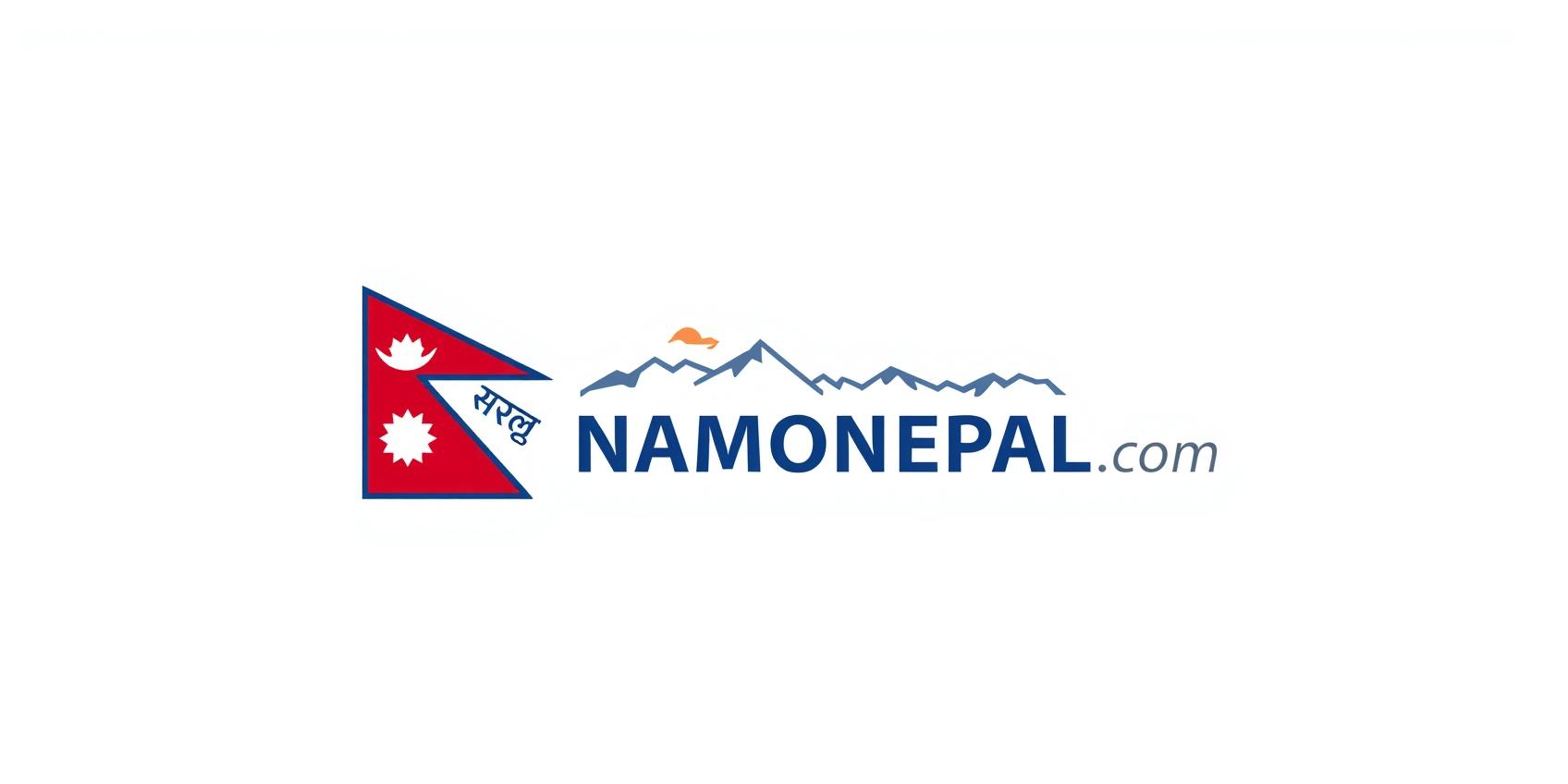Langtang Trek & Tamang Heritage Trail
Adventure in Nepal's Cultural Heart
A journey through serene Himalayan valleys, ancient Tamang villages, and panoramic mountain views.
Explore LangtangLangtang Trek – Key Features
Langtang Lirung Views
Stunning views of Langtang Lirung, Ganesh Himal, and other peaks.
Tamang Heritage Trail
Deep immersion into the ancient culture and traditions of the Tamang people.
Rhododendron Forests
Trek through lush green forests and vibrant rhododendron blooms in spring.
Kyanjin Gompa (3,870 m)
Visit the famous monastery and sample local yak cheese in this scenic valley.
Moderate Difficulty
A non-strenuous trek, perfect for first-time Himalayan trekkers and families.
Langtang National Park
Trek through a protected area rich in wildlife and varied flora.
Trek Route: Journey Through Langtang & Tamang Villages
The trek typically starts from Syabrubesi, accessible by road from Kathmandu. From here, the trail follows the Langtang River, ascending through charming villages such as Thulo Syabru, Lama Hotel, and Langtang Village. Trekkers pass lush forests, terraced fields, and crystal-clear streams, eventually reaching Kyanjin Gompa, a serene settlement with panoramic views and a cultural hub. The Tamang Heritage Trail weaves through local villages, offering insight into traditional life, monasteries, and stone-paved pathways lined with prayer flags. The trek usually takes 7–10 days, depending on pace and side excursions.

Nature, Peaks & Himalayan Views
The trek showcases a variety of landscapes, from subtropical forests and bamboo groves to high-altitude alpine meadows and glacial valleys. Key highlights include the towering Langtang Lirung (7,227 m), Langtang Himal, and panoramic views of Ganesh Himal. During spring, rhododendrons bloom in brilliant reds and pinks, while autumn offers crisp skies and clear visibility. The trail also passes glacial moraines, streams, and waterfalls, making it a nature-lover’s paradise. Each day is a feast for the eyes, culminating in serene vistas at Kyanjin Gompa.

Culture & Tamang Heritage
The Langtang region is home to the Tamang people, one of Nepal’s oldest Himalayan communities. Along the trail, trekkers witness traditional wooden houses, prayer wheels, mani walls, and Buddhist monasteries. Villages like Langtang and Kyanjin Gompa host local festivals and rituals, providing a glimpse into daily life and spiritual practices. Trekkers can taste yak cheese, traditional dal bhat, and Tibetan-style bread, while engaging with warm-hearted locals. The trail beautifully balances natural beauty with rich cultural immersion, offering a truly authentic Nepalese experience.

Food & Teahouse Experience
Along the Langtang trail, trekkers stay in cozy teahouses and lodges, serving both Nepali and Tibetan cuisine. Popular meals include dal bhat, noodles, momos, and yak cheese dishes. Accommodations range from simple yet comfortable rooms to rustic lodges with shared bathrooms and warm dining areas. Sharing meals and stories around wood stoves allows trekkers to engage with locals and fellow travelers, adding to the authentic Himalayan experience.
Best Time to Trek Langtang & Tamang Heritage Trail
The best trekking seasons are autumn (September–November) and spring (March–May). Autumn offers stable weather, clear mountain views, and excellent trail conditions. Spring brings blooming rhododendrons and pleasant temperatures. Winter (December–February) is cold, with snow at higher altitudes, while monsoon (June–August) can make trails slippery but offers lush greenery. For clear skies and scenic landscapes, September–November is ideal.
Permits & Trekking Essentials
Trekkers require:
- Langtang National Park Permit
- TIMS Card (Trekkers Information Management System)

Frequently Asked Questions
1. How long is the Langtang Trek & Tamang Heritage Trail?
Typically 7–10 days, depending on side excursions and pace.
2. How difficult is the trek?
It is moderate, suitable for first-time trekkers and families with good fitness.
3. What is the highest point of the trek?
The highest point is around Kyanjin Gompa at 3,870 meters, offering panoramic Himalayan views.
4. Can this trek be done year-round?
Yes, though the best seasons are autumn and spring for clear skies and comfortable temperatures.
5. Is a guide necessary?
While optional, hiring a guide and porter enhances safety, provides cultural insight, and ensures smoother navigation.
6. What kind of accommodation is available?
Teahouses and lodges offer basic yet cozy rooms, hot meals, and communal areas, with simpler facilities at higher elevations.
Ready for a Cultural Himalayan Escape?
Plan your Langtang adventure with Namo Nepal today — and explore a Himalayan trek where culture, nature, and mountains meet in perfect harmony.
Book Your Tamang Trail Trek